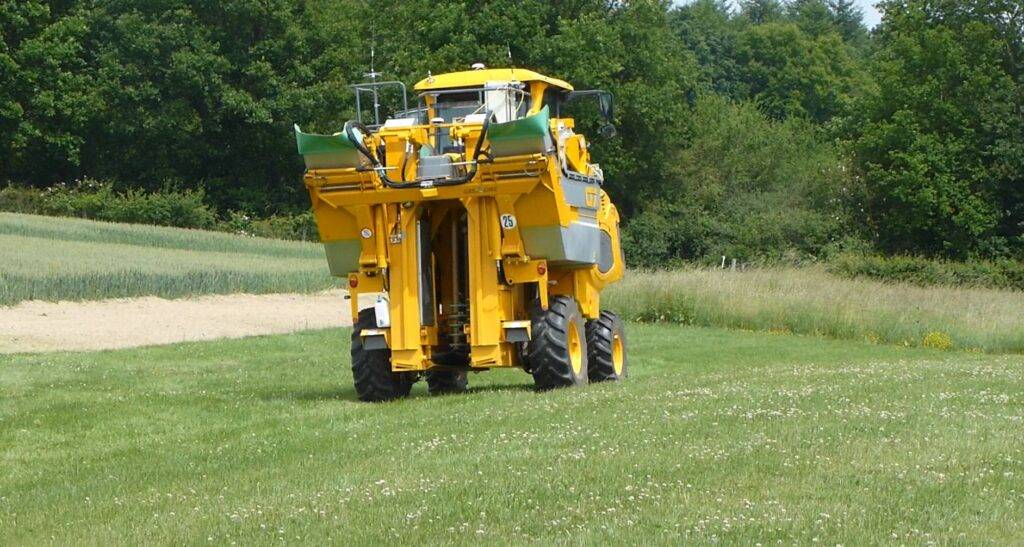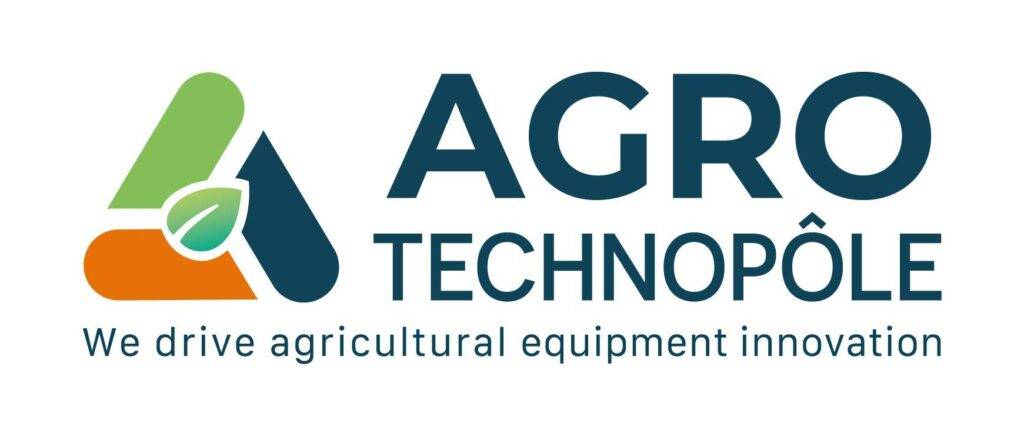Agricultural Robotics & Off-Road Mobility
Research & Development & Engineering
Within the "i-SMART" Associated Partnership Laboratory


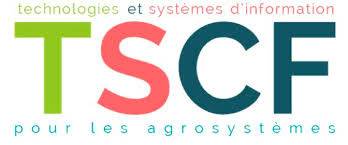
The LPA was signed on March 13, 2023.
- The first theme aims to develop IT tools and methods for assessing the environmental performance of agricultural systems, using life-cycle analysis coupled with systems engineering methods for modeling complex agricultural systems.
- The second theme aims to produce methods for physical testing of robotic systems, which can then be used as references and/or standards.
- The third theme deals with the development of digital tools that faithfully reproduce the robots, environments and physical methods developed in theme 2, as well as true digital twins to validate new agricultural robot solutions in their environments and tasks.
The three Themes in more detail
Theme 1: Tools for assessing the environmental sustainability of complex systems by coupling LCA and systems engineering.
- Marilys Pradel, Research Engineer, UR TSCF
- Fabien Gaudin, Systems Engineer, SHERPA-Engineering

Theme 2: Development of tools and methods for evaluating the performance and safety of agricultural and off-road robots, using physical tests and expert assessments.
- Philippe HERITIER – INRAE-TSCF
- Dieumet DENIS / Fabien GAUDIN / Johann CADOT – SHERPA-Engineering
- Develop test methods and protocols to validate safety requirements through physical testing, and more generally to evaluate the performance of the robotic system in carrying out different tasks.
- Providing expert advice on design files with regard to operational safety, requirements and validation plans.
- ARPA1 - Detecting and avoiding collision with reference obstacle ISO 18497
- ARPA2 - Qualification of perception systems in disturbed environments (rain, fog, night)
- ARPA3 - Testing devices (physical or virtual barriers) to keep robots in their work zone (Geofencing)
Theme 3: Digital twins - Development of digital tools and methods for evaluating the performance, safety and development of agricultural and off-road robots.
- Christophe Debain – INRAE-TSCF
- Fabrice Peyrin – SHERPA-Engineering
Examples of projects within the I-SITE CAP20-25 - CIR ITPS - AgroTechnologies Theme
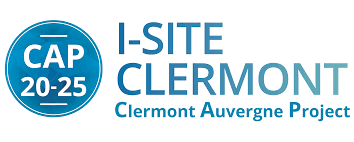
Les projets présentés illustrent des travaux réalisés dans le cadre de l’ISITE CAP20-25 et plus particulièrement au sein de son CIR ITPS / Thème AgroTechnologies qui permet aux équipes clermontoises de disposer de soutiens pour la conduite de projets amonts pour le développement, l’exploration de nouvelles technologies et de nouveaux services au bénéfice de la transition agroécologique.
Projet « SyncEA » (2019-2022)
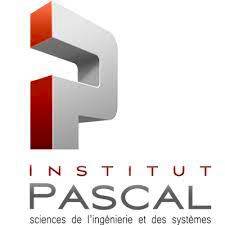


- Dissertation Guillaume PICARD (2018-2022) entitled "Generic approach for the coordination of mobile manipulators in natural environments".
- Dissertation Omid AGHAJANZADEH (2018-2022) entitled "Control of linear deformable objects for robotic crop handling".
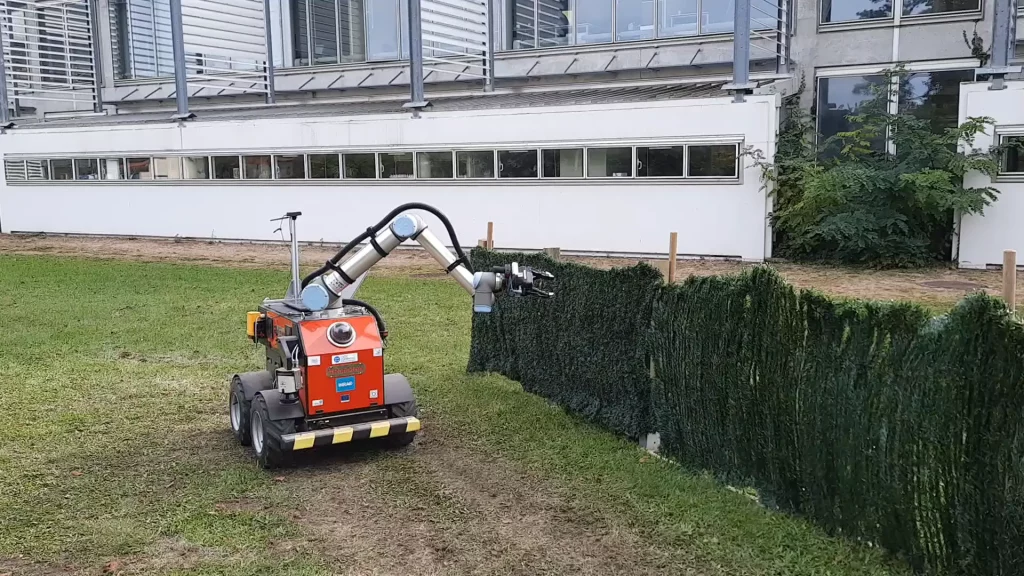
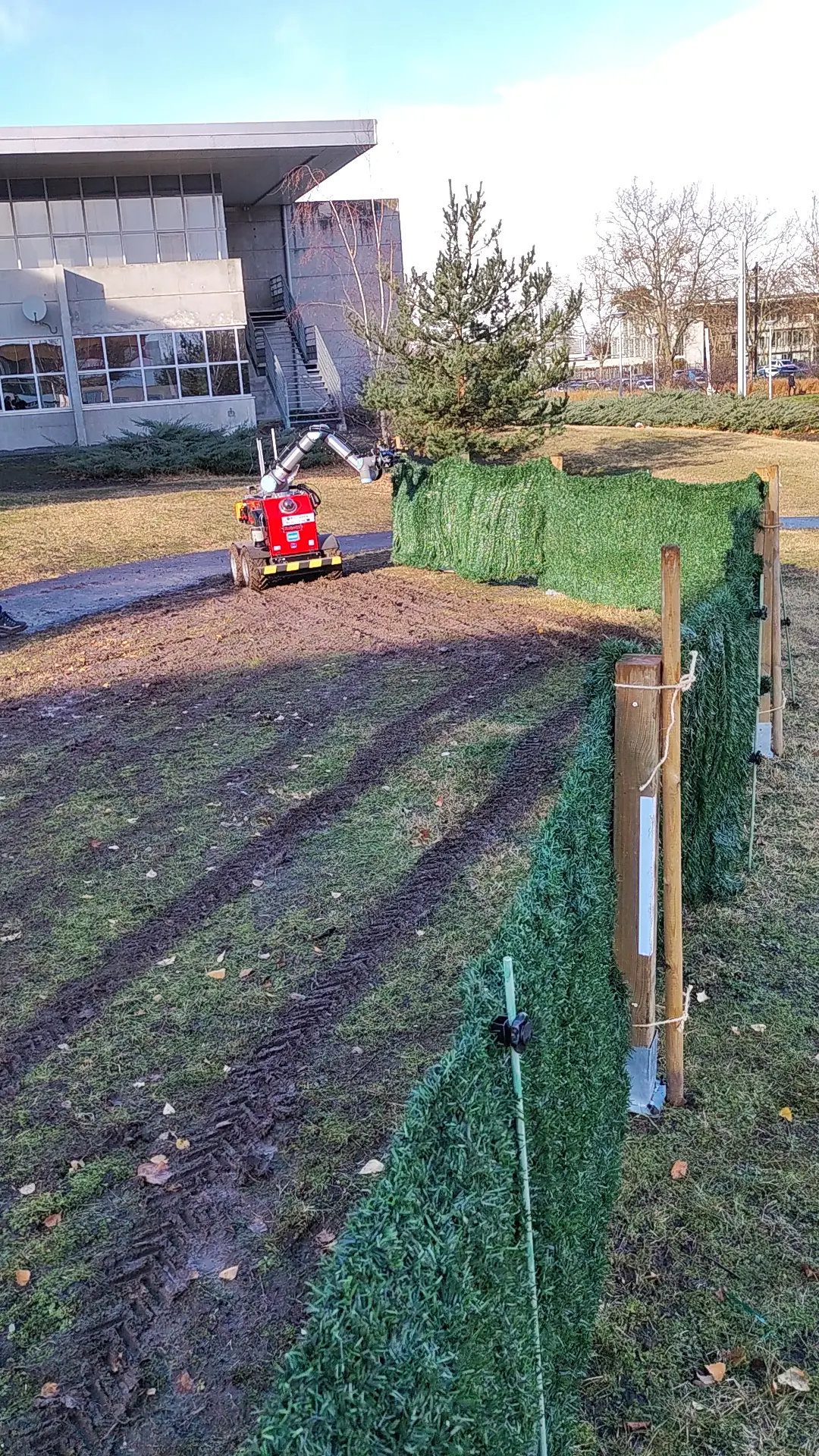
[Thesis Guillaume Picard -2018-2022 – TSCF] Coordinated movement control (mobile platform / peripheral arm) for the dynamic positioning of the end of the arm with respect to the distance from the row of vegetation to be followed with high precision and in the presence of natural terrain (slope, landslides)
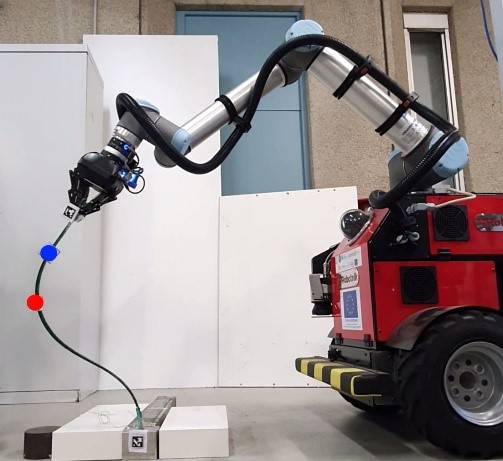
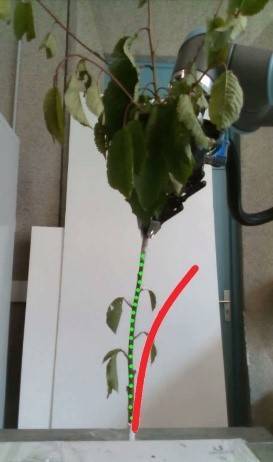
[Ohmid thesis 2018-2022 – TSCF] Coordinated Motion Control (Mobile Platform / Peripheral Arm) in the Context of Deformable Objects – The approach allows the robot to manipulate the object without prior information about the deformation of the object. The method can follow a desired handling trajectory to reach the target shape, resulting in smooth deformation without abrupt movements.
- Scrutation / fine observation for disease detection
- Treatment by bio-control application
- Harvesting according to maturity
SuperROB & SEMCAR" projects (2019-2022) Management and supervision of long-distance, in situ fleets of agricultural robots based on open-source software tools.
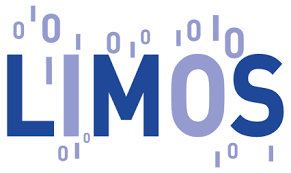


It is therefore necessary to develop “services” in the context of agricultural robotics (e.g. initialize, launch and monitor the execution of the mission carried out by one or more robots within the same plot from the same manufacturer but also and above all from different manufacturers) through the exploitation of robotic, IoT and agronomic data via open source Big Data architectures.
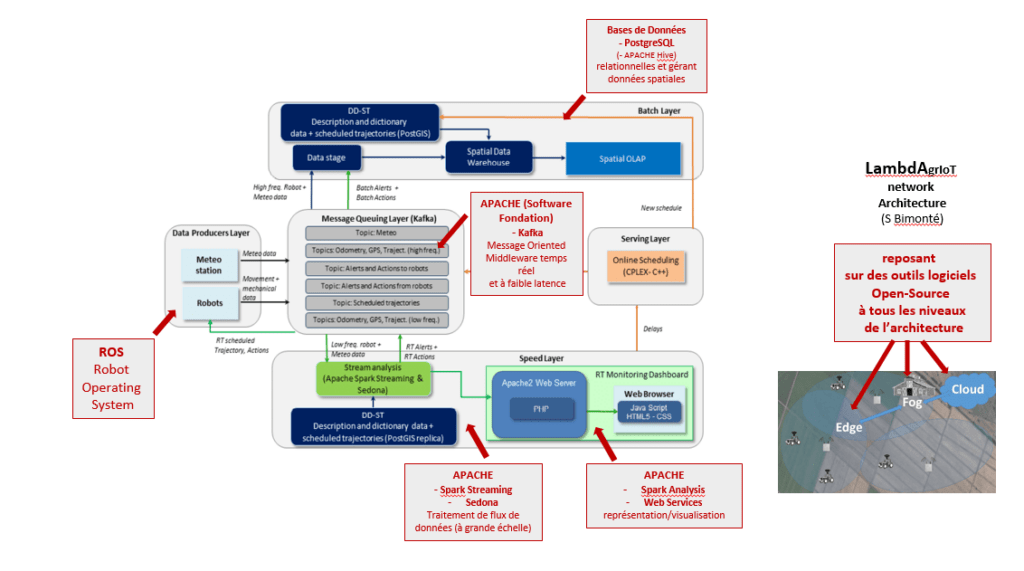
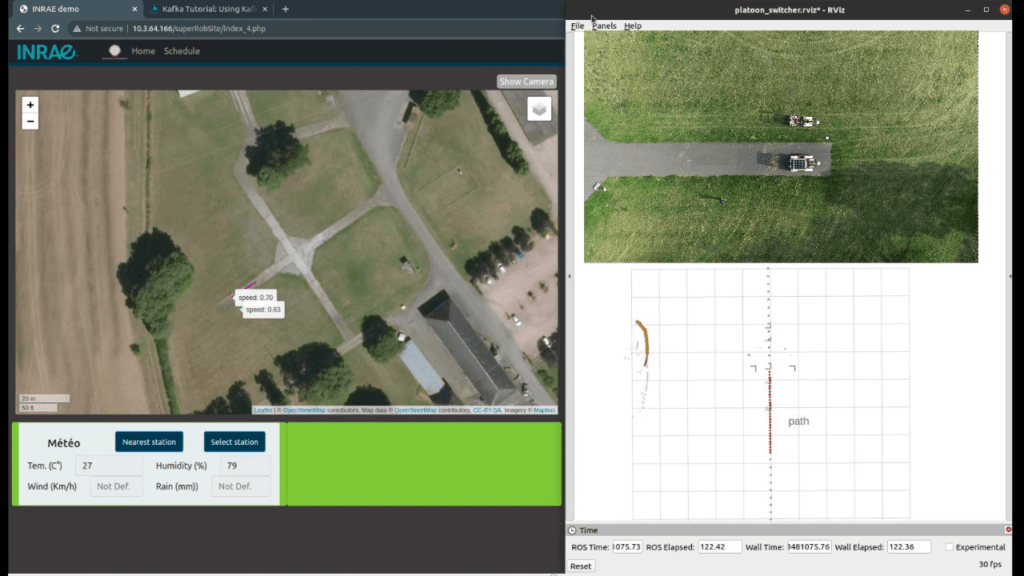
Tests
Already available with existing resources
Tests to qualify on-board safety devices on agricultural robots
- ARPA 1 - Qualification of perception systems in relation to the ability to detect the reference obstacle defined in the first version of the ISO 18497 standard published in 2018
- ARPA 2 - Qualification of perception systems in disturbed environments (rain, fog, night)
- ARPA 3 - Testing devices (physical or virtual barriers) to keep robots in their work zone
- ARPA 4 - Tests in agricultural environments (rows of vines, trees, tall crops) of dummy detection in different configurations
ARPA1 - Qualification of safety systems providing obstacle detection and robot safety functions (ISO 18497 reference obstacle).
Target market: Manufacturers of agricultural robots and, more generally, off-road robots (civil engineering, civil security, forestry machines) and equipment manufacturers offering safety systems.
Field Reference tools for dynamic positioning of machinery

ARPA2 - Qualifying perception systems in harsh environmental conditions (rain, fog, night).
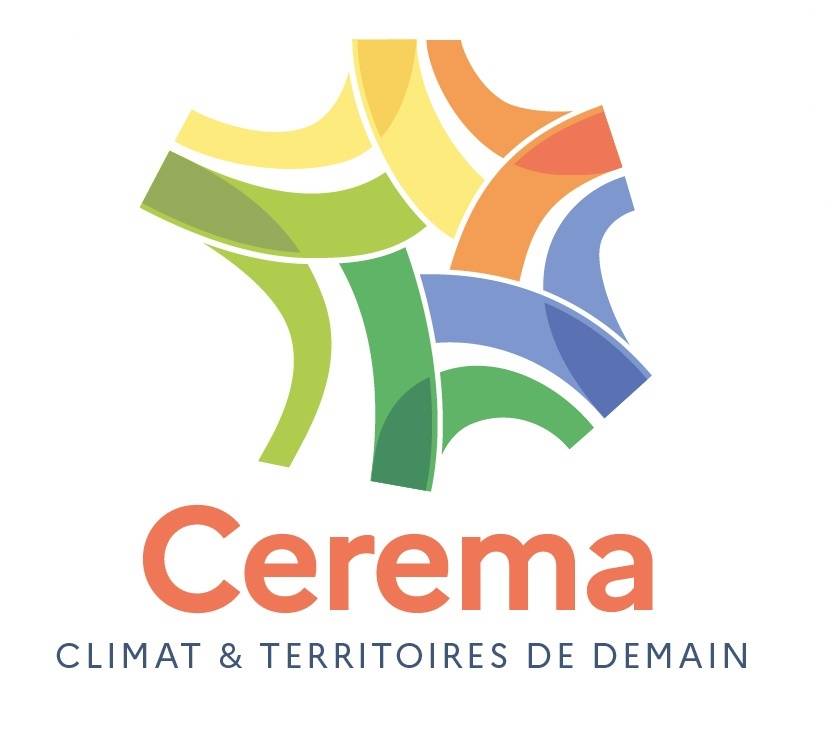
- For rain, 5 levels of rain density can be generated
- For fog, the chamber is brought to saturation and then measurements are taken throughout the dispersion time.
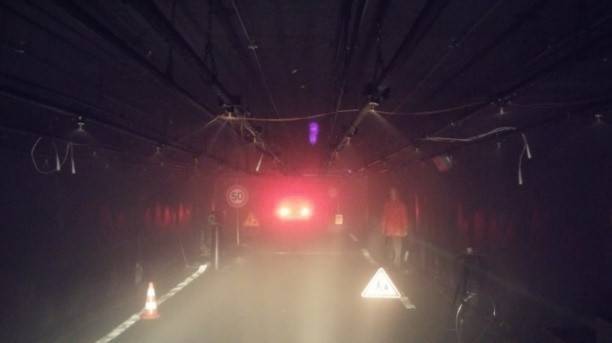
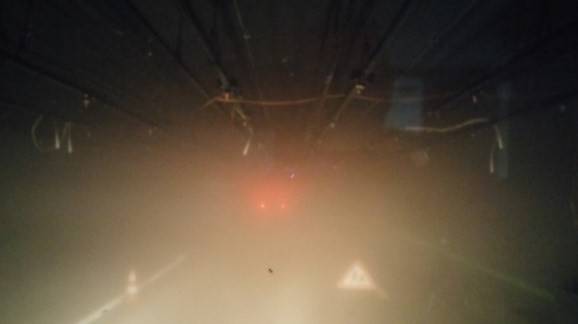

ARPA3 - Qualification of safety functions ensuring robots keep within their working area (using physical or virtual barriers).
- Mode 1 consists of having the robot follow a trajectory designed to cover the entire given zone.
- Mode 2 involves moving the robot along the edges of the zone and checking that it does not cross the boundary line
- Mode 3 is designed to check that the robot stops when it is asked to cross the edges of the zone.
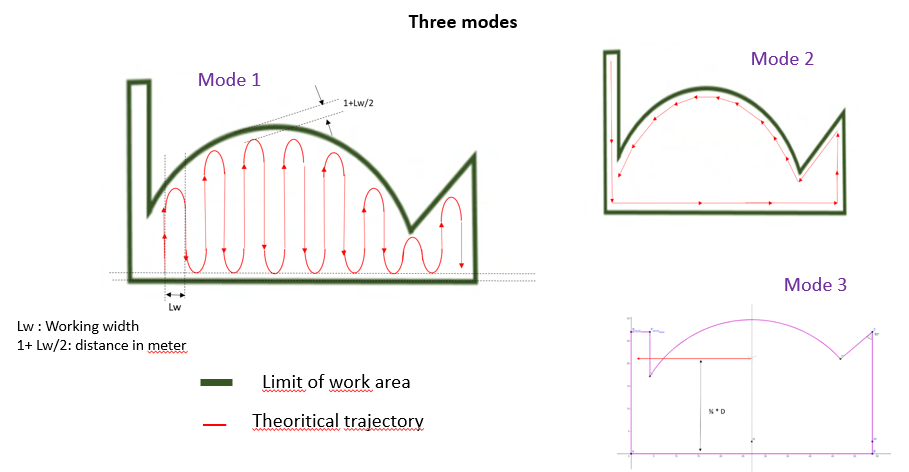
ARPA 4 - Qualification of safety systems for human detection and collision avoidance, in different reproduced working environments (rows of vines, trees, tall crops).
Tests to characterize the performance of agricultural / off-road robots using field reference tools
Characterisation of the precision of trajectory execution in difficult out-door situations (slopes, slippage, high speeds) under controlled conditions on different inclined profiles (slopes of 10% and 20%) in the line of work and during manoeuvring phases.
